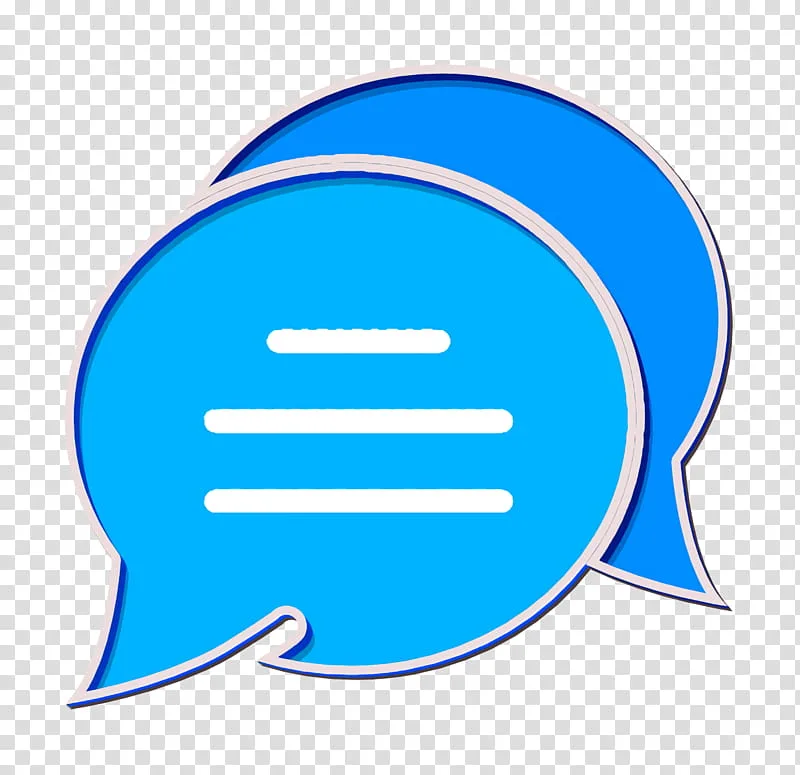Revolutionizing Asset Tracking: A Case Study on Tracer Technology System

Client
Tracer Technology System
Services
About:
In our journey with Tracer Technology Systems, a top-notch company in the USA serving big clients like the US Air Force and Army, we helped them give their old application a fresh look. We worked closely together to understand what they needed and wanted.
We set out to create something special – an app that would let people keep an eye on data in real-time, no matter where they were. Imagine being able to check data from your phone or computer whenever you wanted! That’s what we made happen.
With our new app, users can easily see and manage data from lots of different devices, each one packed with sensors that measure things like humidity, temperature, and more. We made the data easy to understand with graphs and tables, so users could make better decisions.
But we didn’t stop there. We added a feature that sends alerts when something important happens, like when a sensor reaches a certain level. This way, users can stay on top of things and act quickly if there’s a problem.
What problems they were facing:
- Providing users with a solution where they can manage their multiple monitoring and security devices and its associated sensors remotely from anywhere through an application.
- Designing an user-friendly interface that allows users to visualize sensor’s data in various formats.
- Allowing users to set thresholds for each different type of sensor values and receive notifications whenever the value crosses limits.
- Processing large volumes of accurate sensor data in real-time with updates occurring at regular intervals.
Solutions we offered:
- Tracer have their flagships products such as TCB and IP communicator alongside the Cabin-Tech portable security solutions. But they want to provide their customers with an application where they can manage those devices and their sensor’s data in real-time. That’s where we collaborated with them and after carefully understanding their requirements regarding the application and the functionalities, we provided them with the roadmap for its development.
- By keeping in mind the users as the key player, we developed the functionality where users can manage their devices by providing essential information such as device name, type and unique identifier. Similarly, we ensured that the application should support integration with a wide range of sensor types to ensure compatibility with different data transmission protocols such as MQTT, HTTP and TCP/IP. Alongside this, we developed a comprehensive page which displays each sensor’s details including its unique identifier, type, physical location and type. Further, we developed an alerting messaging system within the application which allows users to set custom thresholds for sensor values. As visualizing data helps users in the decision making process, we provide different visualization options to users such as line graphs, bar charts, heatmaps and tabular view. At last, as security becomes a major concern, so to prevent unauthorized access we implemented a secure user authentication mechanism.
- That’s how we approached the development of the application and developed the functionalities which helped Tracer to manage sensor’s data effectively and ultimately drove customer satisfaction and long-term business growth.
Architectural Plan:
- We use Single Page Application (SPA) method to create responsive and interactive user interfaces which helps in dynamically rewriting the current web page with new data from the web server instead of the default method of loading entire new pages.
- To ensure ease of navigation, we designed the new system’s interface with modern elements by keeping in mind the latest design principles and user experience best practices.
- For data privacy, we ensured that the application should comply with General Data Protection Regulation (GDPR) policies.
- For communication between the frontend and the backend components we use RESTful APIs.
- We implement communication protocols such as MQTT, CoAP or HTTP to integrate devices with the web application.
- We adopted Agile Methodology for the development process which helps us to prioritize cross-functional collaboration and continuous improvement of the application as per the requirements.
Technical Approach:
- Created user flows, Information Architectures and UI designs for their application in Figma.
- Developed the Web Application in React.JS for desktop and tablets.
- Development of Mobile Applications for Android and iOS platforms using React Native.
- Node JS framework was used for the back-end operations.
- Usage of MySQL for database management. Cloud hosting relied on Amazon Web Services (AWS) for its infrastructure.
Team:
A team of 7 Transformers
Technical Project Manager
1 UX/UI Designer
1 QA Engineer
2 Node JS Developers
1 React.JS Developer
1 React Native Developer
Duration: 6 Months
Results:
- The real-time access to sensor’s data and insights helps users with decision-making processes.
- This application provides users with one unified platform for managing multiple devices reducing the need for manual data collection.
- The mobile application has helped users to access the application on their smartphones and monitor their devices.
- The alert messaging system has helped different types of users to set threshold limits according to their business needs and environments.

